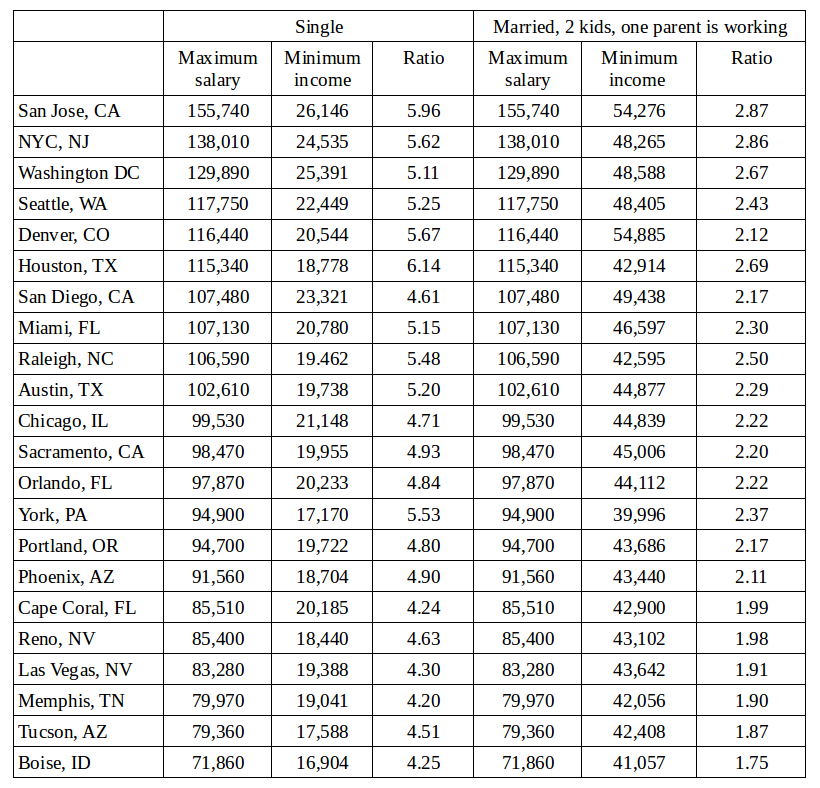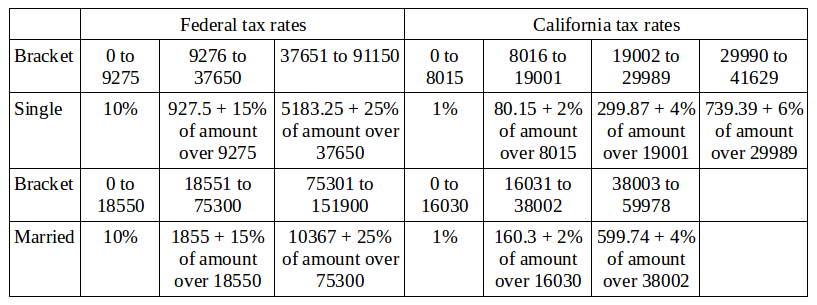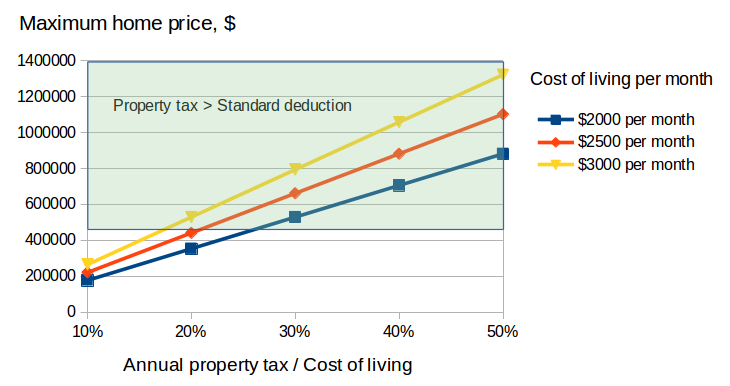
Tired paying big bucks to cellular provider? Have minutes left on your plan every month? You are not alone. Large providers such as Verizon, AT&T are trying to earn money, no matter what do you think. The cost of voice and data plans in US is extremely high, compared to other countries. Fortunately, there are other smaller companies called Mobile Virtual Network Providers (MVNO). They basically resell cellular service provided by big four (Verizon, AT&T, T-Mobile and Sprint) in packages more attractive for someone who does not want to pay outrageous price for tiny usage. But these companies may not stay in business for long, you may not be allowed to use your favorite phone or they can have a customer service virtually non-existent. It is important to know how to navigate this world, quite different from expensive but familiar world of major cellular providers. In this article, I would like to share my personal experience how I end up paying almost nothing for the phone service.
First, it is important to realize what kind of usage you are looking for. Do you spend long time on phone while outside of home or work? How much voice minutes and data traffic do you normally use? Most companies in cellular business want you to talk and browse mobile internet a lot, so they can boost a profit by charging you for unlimited minutes and gigabytes of data. But is this really your habit? I am an active Internet user, but most of the time I spend either at home or work office. And I do not talk much on cell phone either. There is an office or home phone readily available for long talks. By that reason, I decided to look for inexpensive home phone service first. Since the days of land line are almost over, most providers offer VOIP (Voice Over Internet Protocol) phone service in one bundle with cable Internet and TV. I use AT&T UVerse for home Internet connection. Currently, AT&T offer local phone service for $24.95 per month in California. And it does not even include long distance calls. Obviously, I had to look for alternatives. There are plenty of VOIP providers on the market, for example PowerPhone, Lingo. They may offer phone service much less expensive than AT&T, but after a closer look I also discovered disadvantages:
- VOIP companies still charge a regular fee for their service
- it takes some effort to install the hardware, if you want to have a traditional home phone
- smartphone apps are easy to use, but the ability to answer incoming calls may be a challenge for apps with poor smartphone operating system integration
- ability to call traditional land line or cellular phones typically costs more or not present at all
- call quality may vary significantly
There are also companies on the market, which use their own proprietary communication protocols and by that reason does not exactly belong to VOIP family (but may be still referred as VOIP because they still use Internet for voice communication): Nettalk, Ooma and Skype are among the most famous. The first two providers offer an adapter, which can be used with normal phone devices and completely eliminates the problem of incoming calls. While Nettalk is charging around $40 per year for unlimited calls in US and Canada, you can use Ooma for free (some tax is still collected). On the downside, initial cost of Ooma hardware is higher than competitors. Although the prices went down and currently you can buy Ooma Telo for less than $100. As regarding Skype, it is quite popular for free Skype-to-Skype video communication, but hard to use to answer incoming calls and on my opinion can not be considered as a home phone alternative. Also, there is an additional cost to call the land line number using Skype.
Besides alternatives I already mentioned, there is another provider: Google Voice. In fact, after doing some research I found that it is much superior to others, by the following reasons:
- all calls in US and Canada are free, including calls to traditional land line and cellular phones
- Hangouts app, closely integrated into Android OS, accepts incoming calls in the same way as with traditional cellular providers
- relatively cheap international calls, just in case if you need it
- work with one phone number also provided by Google: it can be forwarded to any other phone number
- supported by large company with virtually unlimited resource
- Obi phone adapter is available for easy integration with Google Voice (as well other VOIP service): it can work with any traditional phone replacing the land line
Apparently, I found what I was looking for. And I use the setup (Obi + Google Voice) for more than six years. It is a reliable and high quality service, and it costs nothing except the initial one time cost of Obi adapter (which is less than $50). Also, I am using Hangouts app from my smartphone when I am not at home. There is Obi app available from Android and iOS stores, but its functionality is very limited and it is not stable. But I still use it when calling from iPad.
All above is about the home phone service. But what about cellular service? The home phone setup I use allows me to handle the most part of my calls. But for occasional calls and emergency, I also have Lycamobile service. This virtual network operator uses T-Mobile as a cellular service. By that reason, any phone which can work on T-Mobile is good for Lycamobile. They have a few reasonably priced plans available on their web site, however the best and cheapest plan is the one they offer by default: you just need to add money to your balance and this pay-as-you-go service will work automatically. The rates are available at international plan page: basically it is 5 cents per minute for all calls within US. This plan is ideal for very low usage like I have. Again it is possible because of the free home phone setup I have. In total, I pay less than $1 per month for the phone service. Which I consider as a free service. Of course, there are completely free cellular providers currently available on the marker: FreedomPop, RingPlus. But they all have hidden fees and other tricks to charge you: remember, this is a business for profit. So far, I found that setup I use does not have much competition.
Unfortunately, there is still a problem with Lycamobile: it relies on T-Mobile cellular coverage. I found this coverage insufficient in the area where I live. In fact I have very limited T-Mobile coverage at my office. By that reason, in addition to Lycamobile I currently use Verizon prepaid plan. This is a data only plan designed specifically for tablets: you must have a Verizon tablet for the initial setup. Then you can insert Verizon SIM card into any phone working with Verizon and it will cost $20 per month for 2GB of data, which is far from free but still much less than other plans from Verizon or AT&T. And the coverage is excellent. I can turn it off any time I want, and turn it on again.







